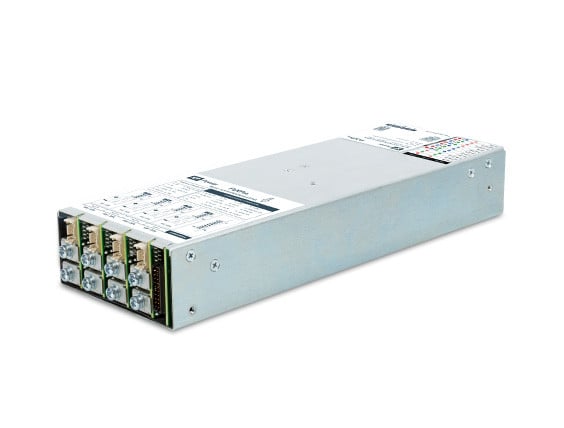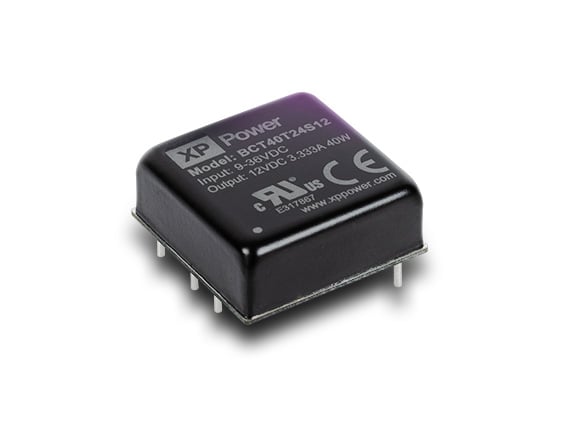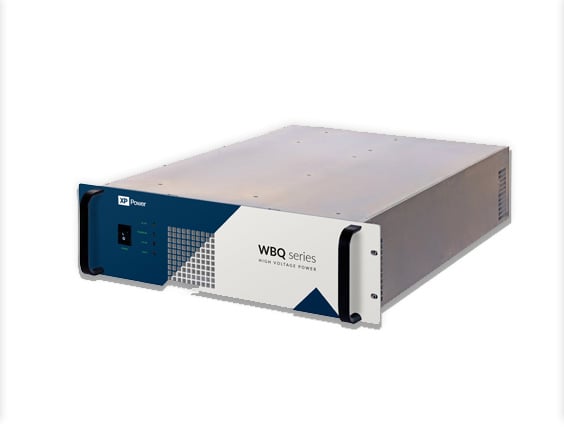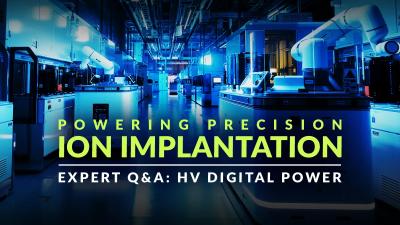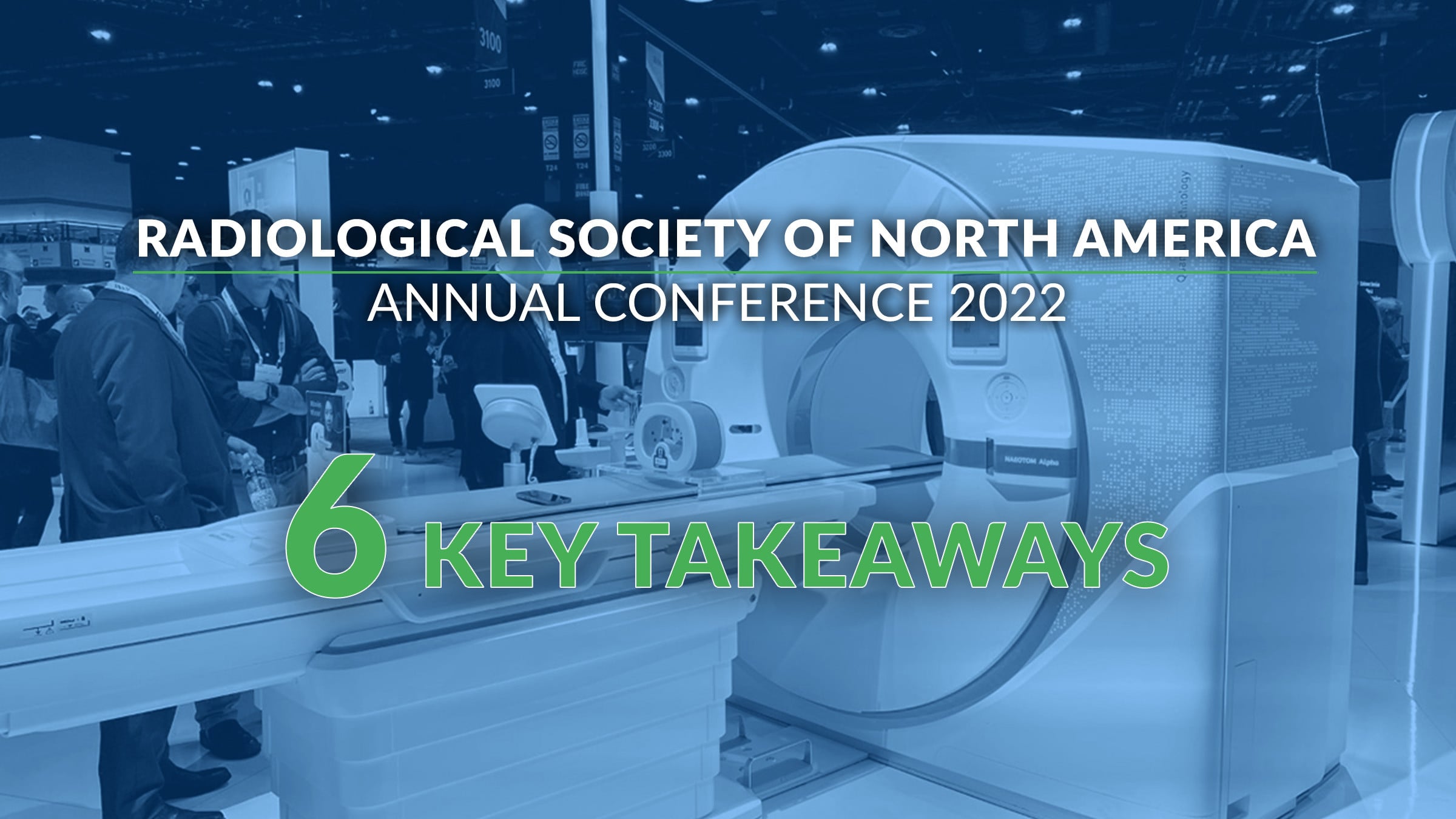
Trends and takeaways from RSNA 2022
XP Power explored the Radiological Society of North America’s annual conference that took place on 27-30 November in Chicago, IL.
Overview
- Over 650 exhibitors and over 34,000 professionals in attendance
- Industry and educational sessions on the problems driving radiology innovations
- Cutting edge information on Photon-Counting Computed Tomography (CT) and embedded AI developments in imaging and portable machinery
- Point of care flexibility, accuracy of results, patient safety, automation, and workflow optimization were the focus for innovations
The conference was a successful platform to showcase the latest imaging technologies and dive into multiple techniques and case studies that will help make the radiology industry faster, safer, and more reliable than ever before.
Here are the six key trends we picked up on at the show:
1. PHOTON-COUNTING CT MAKES SCANNING QUICKER AND SAFER
Photon-counting CT is the direct conversion of X-rays to electric current to develop high quality images. This is achieved by utilizing smaller detector pixels, intrinsic spectral sensitivity, and eliminating electronic noise for computed tomography machines.
This exciting technology offers high speed spatial resolution to achieve the high count rates needed in CT applications. Its high contrast to noise (CNR) and lower radiation dose allows imaging to be conducted on higher risk patients, broadening the possibilities for care. The technology offers the ability to characterize the tissue being imaged, so you can distinguish the atomic composition in the tissue.
It is likely that photon-counting can be used to study multiple contrast agents simultaneously and this is currently under investigation. This is beneficial because you could highlight multiple areas of the body in different colors to simplify reading the CT. This means a radiologist will only need to perform the CT scan once to see everything in the body.
2. IMPROVING DIAGNOSES WITH AI
Imaging companies are incorporating AI into their systems to help make diagnoses with greater accuracy than the human eye can achieve alone. The systems use deep learning to identify abnormalities compared to healthy systems.
One of the main aims of using AI in imaging systems is to reduce the physical scan time and the time needed for diagnosis by a doctor. In addition, the system itself can detect and classify any lesions.
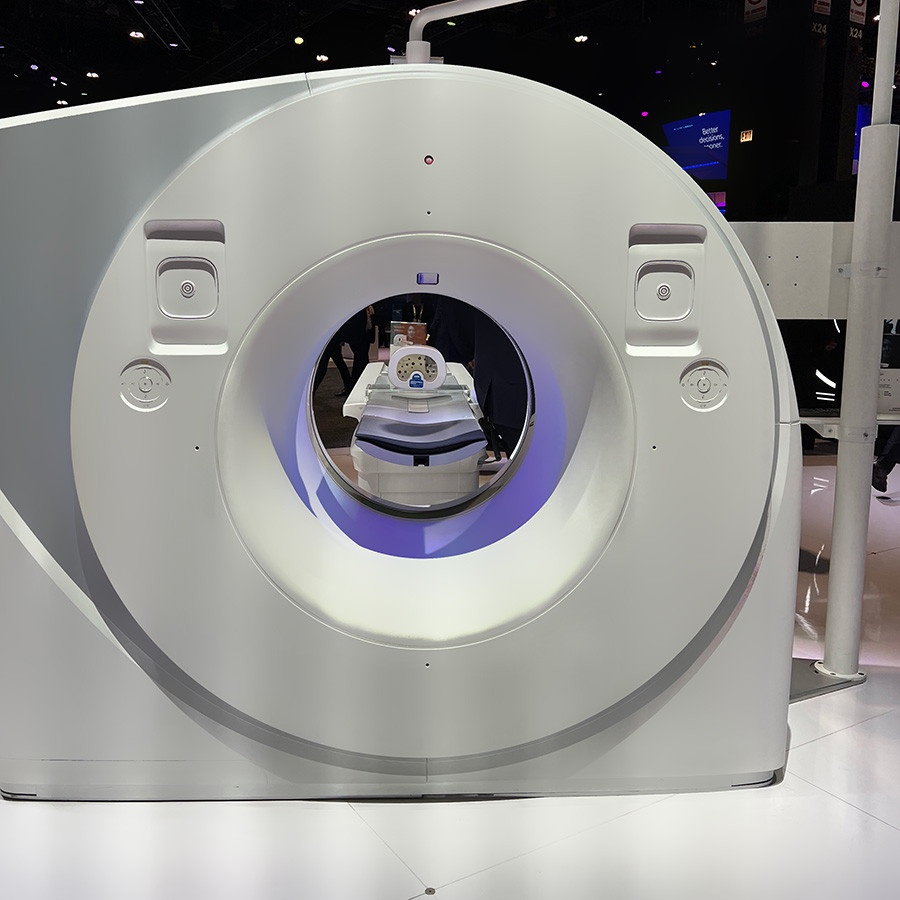 3T magnetic resonance imaging scanner embedded with deep learning AI software
3T magnetic resonance imaging scanner embedded with deep learning AI software
3. POINT-OF-CARE FLEXIBILITY THROUGH PORTABLE DEVICES
Point-of-care and at-home devices are in huge demand as the geriatric population increases. Companies at RSNA are focusing on smaller, more portable devices with less radiation that can be used either at home or in more public areas like intensive care units or emergency rooms.
4. REDUCING RADIATION TO INCREASE PATIENT SAFETY
Radiation has always been a major concern when using imaging machinery. Companies are now finding new ways to minimize radiation while maintaining the quality of the image. Some methods to do this include utilizing AI to reduce the tracer dose and shorten scan times. The machine can also use lower radiation levels to produce a lower quality image, and then repair the image quality with AI.
Radiologists are looking to decrease radiation doses due to ionizing radiation concerns, Gadolinium-based contrast agent concerns, and supply chain issues.
5. AUTOMATION/EASE OF USE
Companies are incorporating automation techniques in all their products to minimize the manual handling that is typically required of radiology technicians. Some companies are incorporating digitalization tools such as anatomical positioning, protocol selections, and autorotate for the images.
6. REDUCING MEDICAL IMAGING TIME AND OPTIMIZATING WORKFLOWS
US patients must currently wait two to four weeks on average for an MRI. To reduce waiting times, new innovations are being released that minimize the time required to perform medical imaging. This includes developing portable machines that can roll straight into intensive care units or reducing the time it takes the machine to record an image. Speeding up processes and reducing waiting times is extremely important in the drive to improve health care systems and make good care readily available.
As a global leader in the medical power supply market, XP Power works with customers to power medical innovations every single day. With a wide portfolio of medically approved AC-DC and DC-DC, as well as high voltage products, we are powering the critical part of numerous medical devices. Our products include external power supplies (AQM series), embedded power supplies (FCB Series), higher power solutions (HPA series), and high voltage DC-DC converters (HRC05, HRL30).
